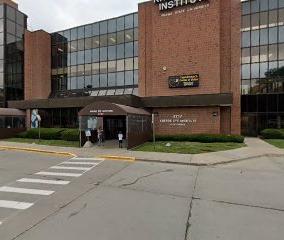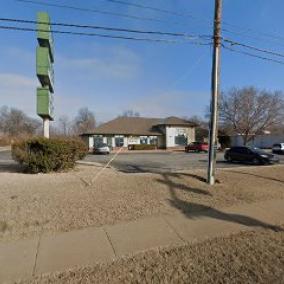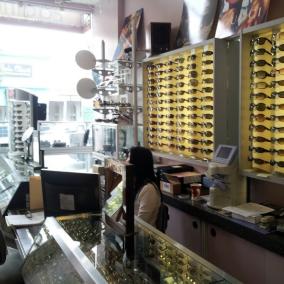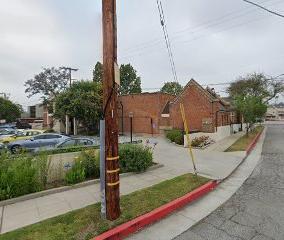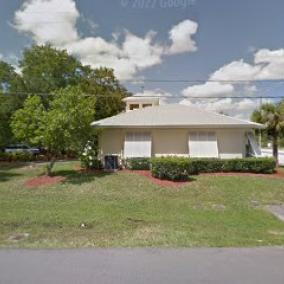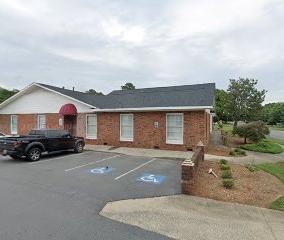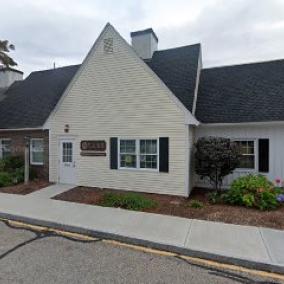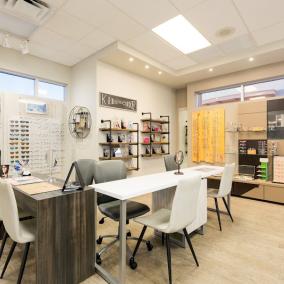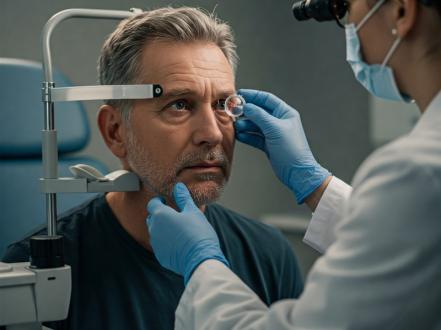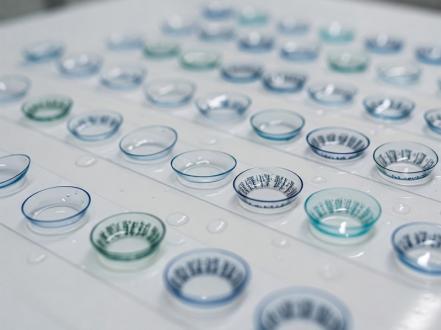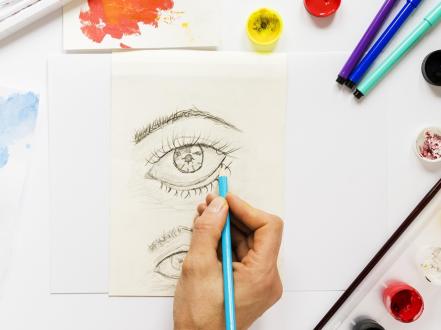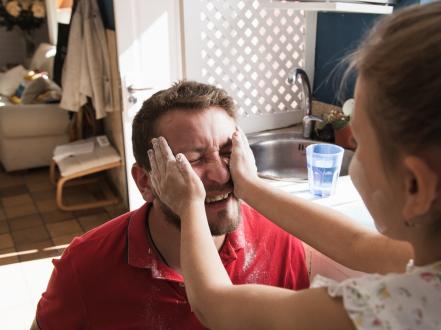Myopia, commonly known as nearsightedness, is a prevalent refractive disorder that has a significant impact on individuals' quality of vision. It's a global health concern, afflicting nearly a quarter of the world's population. Understanding the nature of myopia, its symptoms and causes, and its treatment options can be helpful, particularly for those who suffer from it or have loved ones who may be at risk.
At its most basic, myopia is a condition where the eye does not bend light correctly, leading the image to be focused in front of the retina instead of directly on it. Consequently, distant objects appear blurry while nearby objects remain clear, hence the term 'nearsightedness'. It typically surfaces in childhood and might progress gradually or rapidly.
Recognizing the symptoms of myopia is integral to its timely diagnosis and management. The most prominent symptom, as mentioned, is blurry distance vision. Children and teenagers struggling with myopia might need to sit closer to the television or have trouble reading the blackboard at school. Other symptoms of myopia include squinting, headaches from eyestrain, and a feeling of fatigue when driving or playing sports.
Myopia mainly arises from an elongation of the eyeball, which disrupts the eye's ability to focus light directly on the retina. Two key causes contribute to this: genetics and environmental factors. Myopia tends to run in families, showing a clear genetic link. Therefore, a child with one or both parents with myopia is more likely to develop the condition. As with environmental factors, studies showed that prolonged close-up work such as reading or screen usage could encourage the development of myopia, although further research is required to establish a firm connection.
When it comes to treatment, the prime goal is to correct the refractive error to improve vision. Eyeglasses and contact lenses are the most common devices used to correct myopia. They work by bending incoming light correctly so that the image focuses directly on the retina.
If one has a stable prescription and is an appropriate candidate, refractive surgery is an option. Procedures such as LASIK (Laser-Assisted In-Situ Keratomileusis) or PRK (Photorefractive Keratectomy) could be suitable. These surgeries use a specialized laser to reshape the cornea, which in turn corrects how light enters the eye.
Orthokeratology, or Ortho-K, offers a non-surgical approach. It uses specially designed, rigid gas-permeable contact lenses worn at night, temporarily reshaping the cornea to reduce myopia. However, its effects aren't lasting, and once discontinued, myopia may return.
Recently, a treatment focusing on slowing or halting the progression of myopia in children has emerged. Atropine eye drops, multifocal lenses, and increased time spent outdoors have shown promising results in various studies.
In conclusion, myopia is a common eye disorder that, while easily identifiable and treatable, requires ongoing management to ensure it does not adversely affect one's life or progress to more severe forms such as high myopia. Those experiencing nearsightedness symptoms or individuals with a family history of myopia should pay particular attention and seek professional consultation immediately.


